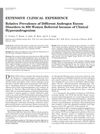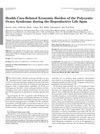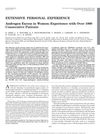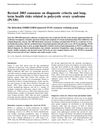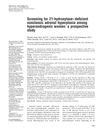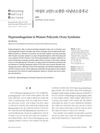Diagnosis of Polycystic Ovary Syndrome
February 2007
in “
Clinical Obstetrics and Gynecology
”
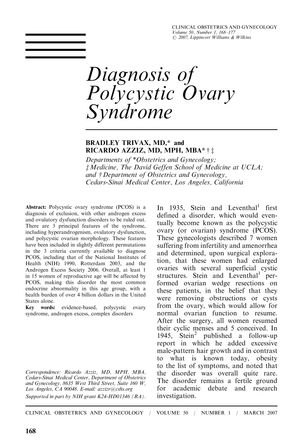
TLDR The definition of Polycystic Ovary Syndrome may change with new research, and careful screening is key for managing the condition.
In 2007, Bradley Trivax and Ricardo Azziz reviewed the diagnostic criteria for Polycystic Ovary Syndrome (PCOS), a common endocrine disorder affecting at least 1 in 15 women of reproductive age. They discussed three sets of criteria: NIH 1990, Rotterdam 2003, and Androgen Excess Society 2006, which vary in their requirements but all include hyperandrogenism and ovulatory dysfunction. The prevalence of PCOS was reported to be around 6.5% using the NIH 1990 criteria. The paper also noted that while insulin resistance and obesity are common in PCOS, they are not part of the diagnostic criteria. The document highlighted that 72% of 716 PCOS patients in the Southeastern United States exhibited hirsutism, 70% had hyperandrogenemia, 60% to 85% had menstrual irregularities, and 70% to 100% had polycystic ovarian morphology on ultrasonography. It emphasized the importance of excluding other disorders and evaluating for associated conditions like insulin resistance and type 2 diabetes. The paper concluded that the definition of PCOS is likely to evolve with new research and that screening and evaluation for PCOS are crucial for effective management.
